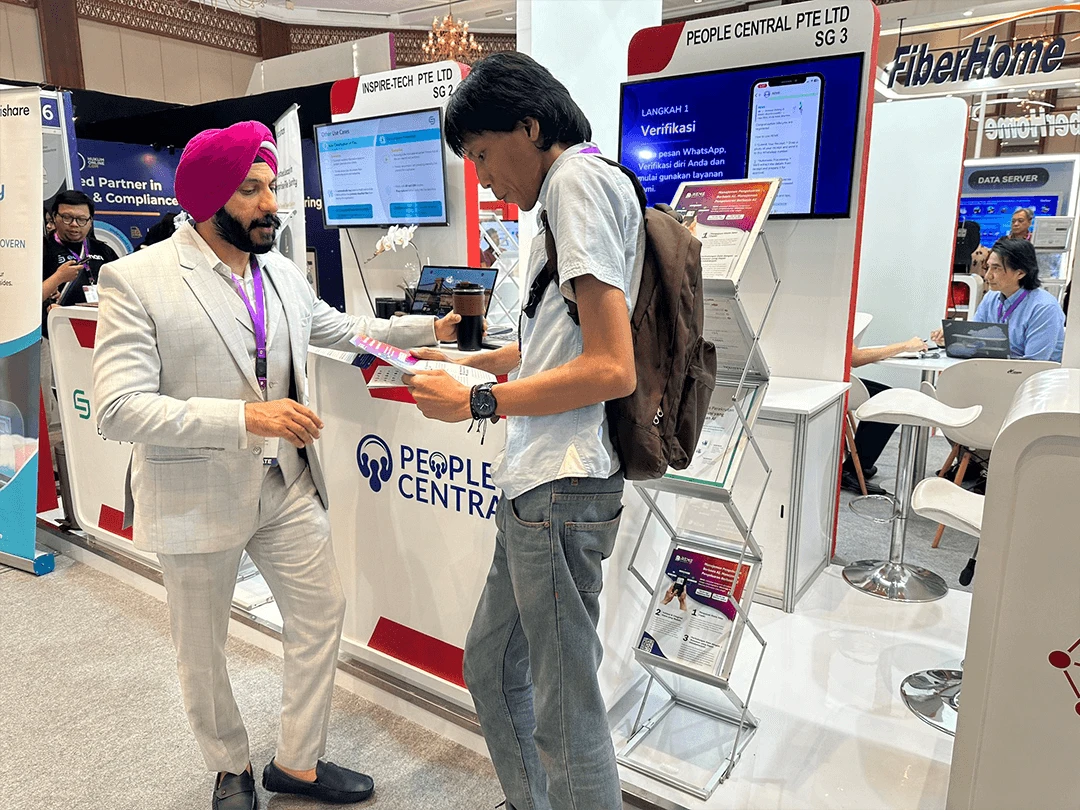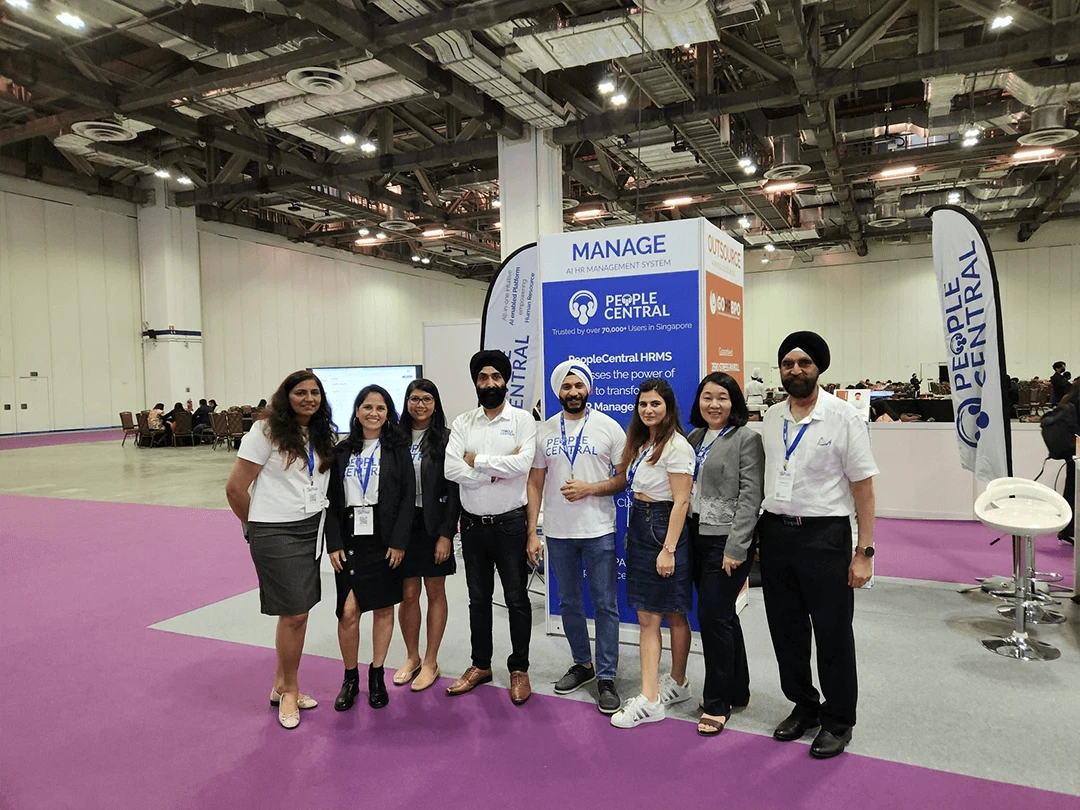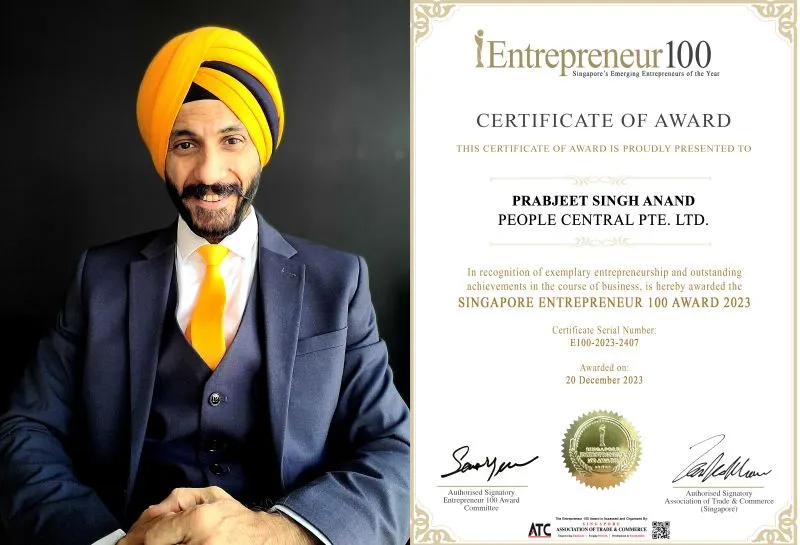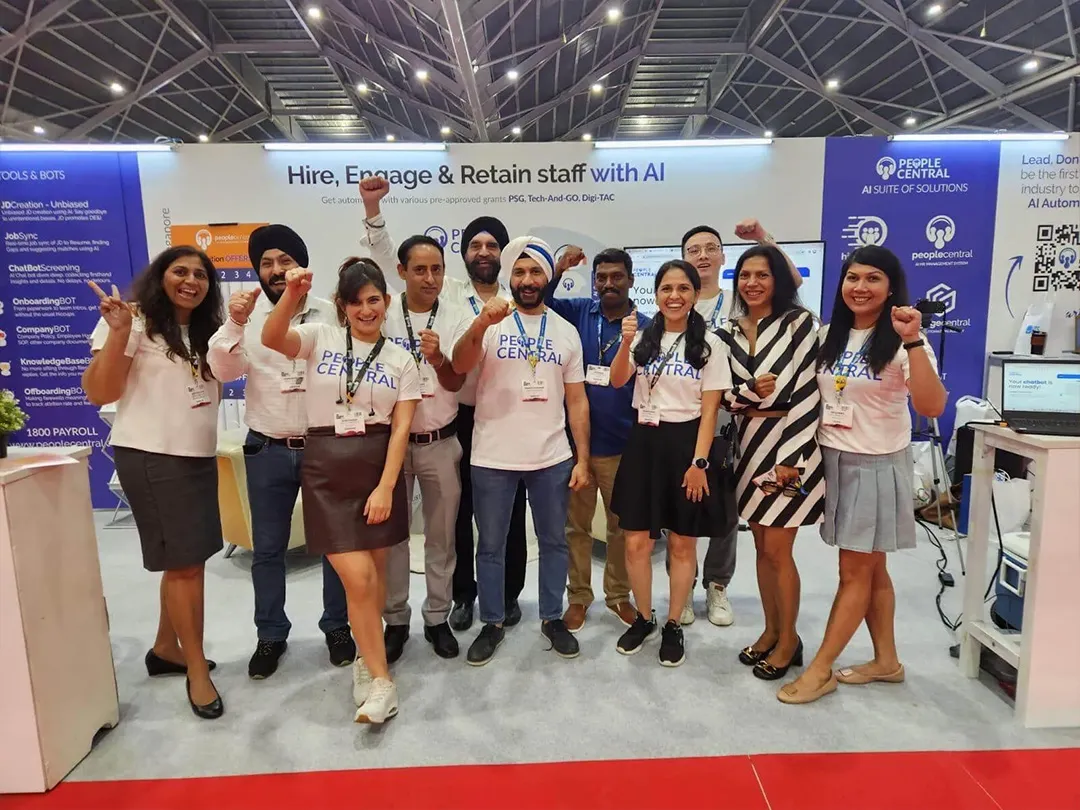Introduction
I have a friend who is the owner of a small company in Singapore. I met her a week ago, and she told me that last year, by mistake, she made a single mistake in payroll. That single mistake caused a lot of trouble for her.
What happened was that they accidentally made a wrong CPF contribution, and because of it, they received an email from MOM. Then they had to check old spreadsheets again and again, and spent hours going through the old records. She spent two full days fixing it all, and during this time, client deadlines piled up.
If you have ever managed a growing team here, you know how it works. You have to take care of CPF, MOM, and IRAS rules. Just one mistake can lead to fines and penalties.
And if you are still relying on spreadsheets and manual entry, I’d say these simple mistakes are impossible to avoid.
That’s why she eventually switched to modern HR software. Now, compliance happens automatically, and all HR tasks are in one place. Also, her employees can handle leave requests themselves. She spends less time on admin and makes fewer mistakes.
So, in this article, let’s go through six HR software trends shaping the future for SMEs in Singapore.
1. End-to-End Integration and Automation
Integrated HR platforms bring payroll, leave, attendance, claims, and performance together in one place. This way, you don’t have to enter the same information twice or deal with mismatched records because everything will be automated.
Why this matters for SMEs:
- You get one clear source for all employee data.
- Attendance gets updated straight into payroll without you needing to do anything.
- Onboarding and offboarding happen faster.
A logistics company in Singapore connected its HR system with its hiring software, and it changed everything for them. Onboarding used to take them a week; now it’s just two days. As soon as they hire someone, they get all the details automatically into payroll and leave.
| Feature | Without Integration | With Integration |
| Onboarding time | ~7 days | 2 days |
| Payroll errors/month | 3–5 | 0–1 |
| HR admin workload | 20 hrs/week | 5 hrs/week |
Also Read: Trends in Performance Appraisal 2025: AI, Feedback & HR Innovations
2. Compliance-Ready HR Systems
Singapore’s statutory requirements, like CPF contributions and IR8A submissions, don’t leave much room for mistakes. One small error can lead you to penalties or a lot of backtracking. That’s why HR software with built-in compliance tools is a lifesaver. It handles the calculations and submits data directly to CPF, IRAS, and MOM through API integrations.
Key compliance features to look for:
- Automatic CPF and tax calculations
- IRAS AIS-ready forms (IR8A, Appendix 8A/8B)
- Alerts so you never miss a contribution deadline
- Multi-country compliance if you’re managing teams across the region
A retail SME I know has 78 staff. Before, they were doing everything in Excel, and CPF errors were pretty common. After switching to a compliance-ready HR system, they went a whole year without a single CPF mistake.
Payroll time also dropped from 5 days to just 1. And fun fact: IRAS actually recommends using integrated payroll software under its One-Stop Payroll initiative because it cuts down errors and late submissions.
3. Employee Self-Service & Experience-Driven HR
Self-service portals and mobile apps let employees do the tasks without having to bother HR every time. They can apply for leave or download a payslip without waiting for HR.
Why this matters for SMEs:
- Cuts down HR’s time spent on routine questions
- Builds transparency and trust between staff and management
- Makes employees happier and more engaged
A tech implemented a mobile HR app for its 100 employees. Suddenly, people could apply for leave from their phones and check their claim status instantly. HR noticed routine queries dropped by 40%, and employees loved how open and hassle-free the process felt.
4. Data-Driven HR with Analytics
Modern HRMS platforms give you insights you can actually use. With the right analytics, SMEs can spot issues early and make smarter decisions.
Analytics you can tap into:
- Turnover trends
- Overtime cost patterns
- Attendance and productivity reports
- Headcount vs. sales performance
A logistics company found out that its HR dashboard showed high overtime costs in the warehouse. Instead of burning out the same team, they hired two extra staff members. Overtime expenses dropped, and everyone enjoyed a better work-life balance.
| Metric | Before Analytics | After Analytics |
| Overtime cost/month | $12,000 | $7,500 |
| Employee turnover | 15% | 10% |
5. AI-Driven HR Automation
AI in HR is the most amazing thing, and SMEs are actually using it every day, especially for hiring and supporting employees.
How SMEs are putting AI to work:
- Chatbots that answer HR FAQs in seconds
- Automated CV screening so hiring moves faster
- Predictive analytics to spot who might be thinking of leaving
- Sentiment analysis from employee surveys to gauge morale
A regional firm with a Singapore office set up an AI chatbot for HR questions. In the very first month, it handled over 1,000 requests like “What’s my leave balance?” or “Where’s the expense policy?” Imagine the time it helped save.
6. Cloud-Based and Scalable HR Systems
Cloud HR solutions give SMEs the security and scalability they need to grow without the usual tech headaches.
Why it works for SMEs:
- You can access HR data from anywhere, and it is perfect for remote work
- Built-in PDPA-compliant security and encryption keep data safe
- Automatic backups and disaster recovery give peace of mind
- Easy to add modules as the business expands
An engineering SME was drowning in expense claims that took three weeks to process. After switching to a cloud-based HRMS, it dropped to just five days. With the Productivity Solutions Grant (PSG) covering up to 70% of the cost, they hit a 203% ROI in the first year.
Also Read: CDAC Singapore 2025: Bridging Ideas and Solution
ROI Impact of HR Software for Singapore SMEs
| Benefit Area | Before HRMS | After HRMS | ROI Outcome |
| Payroll processing time | 5 days | 1 day | +80% efficiency |
| CPF/tax errors/year | 6–8 | 0 | Avoided penalties |
| HR admin workload/week | 20 hrs | 5 hrs | Freed 15 hrs/week |
| Employee satisfaction score | 6.5/10 | 8.5/10 | Higher retention |
Conclusion
For SMEs in Singapore, HR software is something you need if you want to work faster and stay compliant.
New tools like integrated systems, automated compliance, self-service apps, analytics, AI, and cloud platforms are changing HR from a time-consuming task into a smooth, efficient process.
If you’re still using spreadsheets and doing everything by hand, now’s the time to switch. An all-in-one HR system can save you time and make life easier for your team.
With government grants like PSG covering a big part of the cost, the system can pay for itself in under a year, and your HR team can spend more time looking after your people instead of managing paperwork.

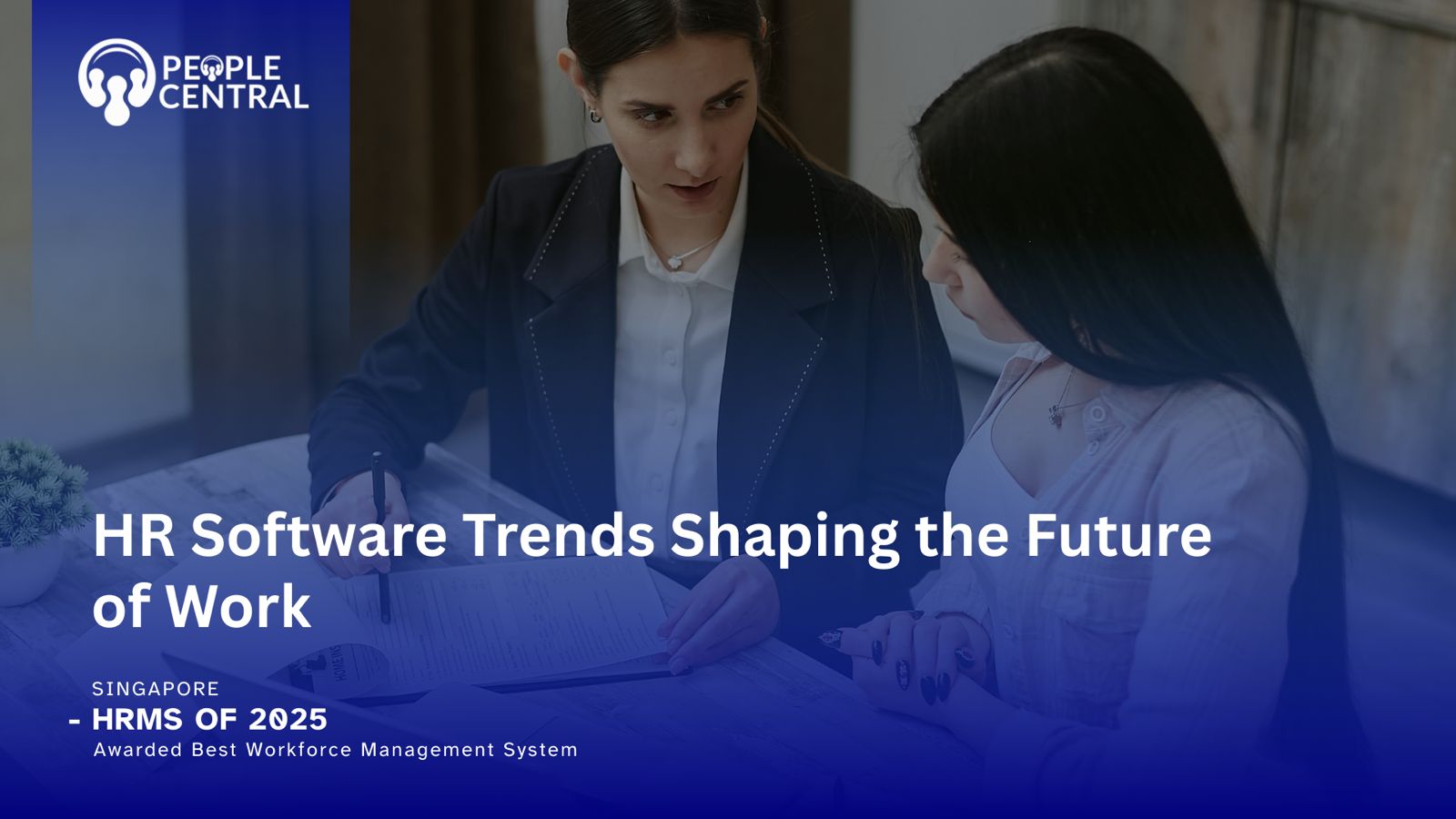
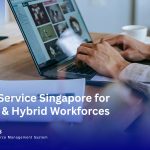


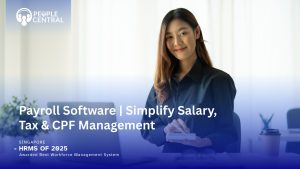
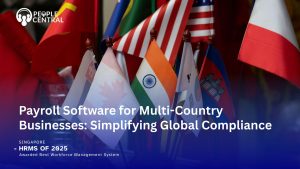

 5
5

















